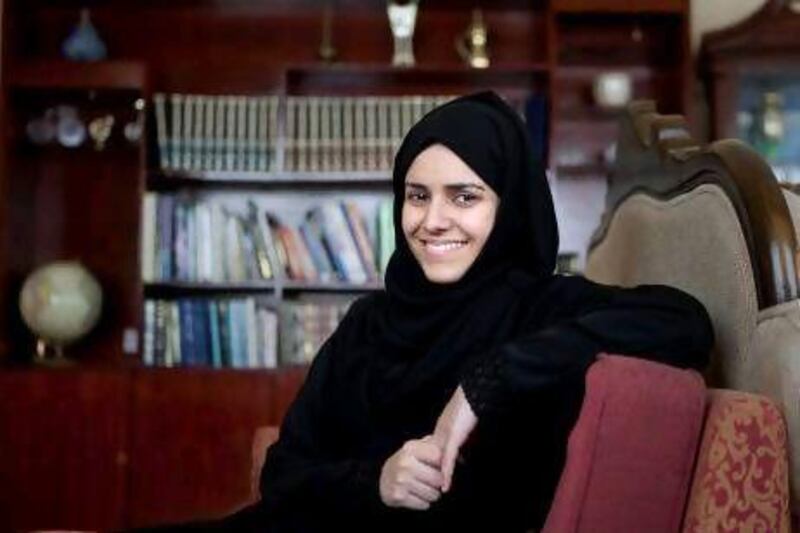The Emirati student Ghena Al Hanae may not have helped to build the Curiosity Rover that is exploring the surface of Mars, but she was able to learn from the Nasa engineers who did.
Ms Al Hanae, from Abu Dhabi, recently completed a 16-week placement at the Nasa Lunar Science Institute, hosted by the Ames Research Centre.
The institute contributed to the software design, sensor integration and wind-tunnel testing that went into building the Mars rover.
"I was working on a scaled-down rover at the institute. That gave me an understanding of how Curiosity functions," said Ms Al Hanae, who graduated from the Petroleum Institute's mechanical-engineering programme in January.
"The project, called Exploration Uplink, allowed me to understand the rover's operation and develop my research skills at the same time."
The Curiosity Rover touched down on the surface of Mars on August 6 to try to find out whether the Red Planet has ever supported life.
Ms Al Hanae was able to put forward suggestions for the mechanical design and wireless software used to manoeuvre Nasa's rovers, which are similar to the systems used in programming the six-wheeled robot sent to Mars.
"It was interesting to work with the engineers to make sure their smaller rovers worked," she said.
"I gave a few recommendations on how to design future robots and make them more efficient."
The student, whose next step is to complete a master's in energy-resources engineering at Stanford University this year, was given the chance to work with Nasa through a programme run by the Arab Youth Venture Foundation (AYVF).
The AYVF teamed with Nasa and its Ames research centre in 2009 to give Emiratis an opportunity to intern in the US. About 16 engineering students have been trained under the partnership so far.
"We chose to partner with Ames because it is in Silicon Valley and gives the students access to different types of technologies," said Lisa LaBonte, chief executive of the foundation.
"Students train for 10 to 16 weeks with researchers and engineers in energy projects and avionics."
Ms LaBonte said the foundation was aiming to strengthen the skills of young UAE nationals who could contribute to fast-growing sectors of the country's economy.
Ms Al Hanae said her research support for Nasa's educational and outreach programme helped to inspire her to support the UAE's development of high-tech industries.
"The UAE is now entering a stage where our extensive knowledge and experience with such organisations will be required," she said.
"I may not have directly witnessed the milestone Nasa has achieved, but when I saw the Curiosity Rover land I could immediately relate to the technicalities and functions.
"I think this understanding will go a long way in supporting the UAE's ambition in areas such as nuclear energy and semiconductor sectors."






